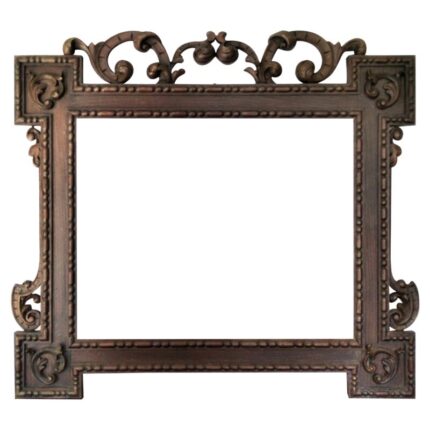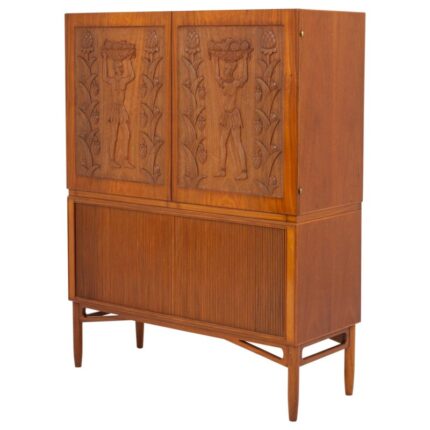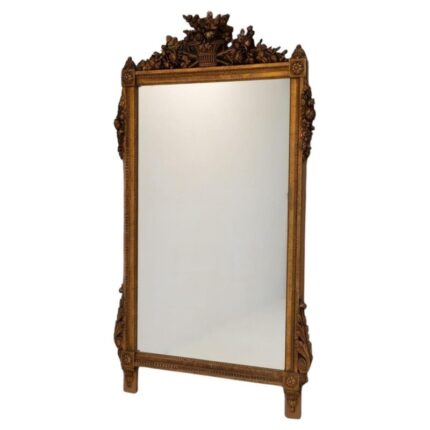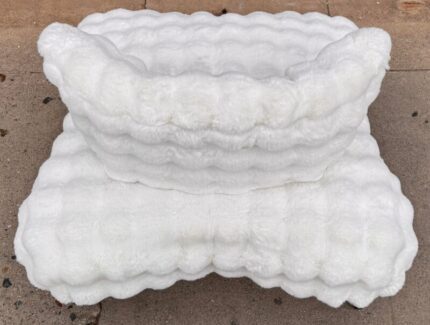Excellent condition.
5-7/8 in. high x 14-3/4 in. long x 4 in. wide.
Weight: 4 lbs. 4 oz.
Late Edo, Circa 1800.
Published in a Japanese newspaper in 1964 (article and translation available).
Provenance:
with Kingo Kondo, Kyoto 1964
Ken Domon, Tokyo
For a similar example see: Robert Moes, Mingei: Japanese Folk Art from the Brooklyn Museum Collection, #54 pp. 100-101. With the informative following information:
“Tai (sea bream, red snapper), especially the ones caught in certain parts of the Japan Sea, are among the most delicious fish in the world and make the best sashimi (sliced raw fish). Though expensive, tai is extremely popular in Japan. Tai is pronounced the same as the last syllable of the word medetai, which means “happy, propitious, auspicious”. Therefore, the tai fish became a symbol of happiness and is served at all felicitous occasions. Ebisu, one of the Shichifukujin. The Seven Gods of Good Fortune, always holds a tai under one arm and a fishing pole in the other. Ebisu is the God of Daily Food and patron deity of fisherman.
The tai is also associated with the Tanabata Festival, one of Japan’s most popular annual celebrations. On the seventh night of the seventh month, a huge float in the shape of a tai is pulled through the streets of many Japanese towns. The Tai float symbolizes the happiness of the event; the only night during the year when the Weaver (the star Vega) and her husband, The Herdsman (the star Altair), are allowed to meet (the two stars are in conjunction in the Milky Way that night). The story goes that the Weaver’s father, the Lord of Heaven, forbade her to join her husband more than one night a year.
A pothook-adjuster is usually carved in some fanciful form having auspicious and protective symbolism. In addition to the felicitous symbolism of the tai, a fish-shaped yokogi symbolizes the presence of water and magically prevents the fire in the hearth from starting a conflagration and destroying the house. Beyond the special symbolism of the tai, fish in general are considered felicitous because they seem happy in their element, swimming merrily in the water, unaware of mankind’s problems.”
-
Dimensions:Height: 5.88 in (14.94 cm)Width: 14.75 in (37.47 cm)Depth: 4 in (10.16 cm)
-
Style:Edo(Of the Period)
-
Materials and Techniques:WoodHand-Carved
-
Place of Origin:Japan
-
Period:1800-1809
-
Date of Manufacture:Late Edo, circa 1800
-
Condition:GoodWear consistent with age and use.
-
Seller Location:Point Richmond, CA
-
Reference Number:Seller: TM-NG75033Seller: LU1778236732112





































Reviews
There are no reviews yet.